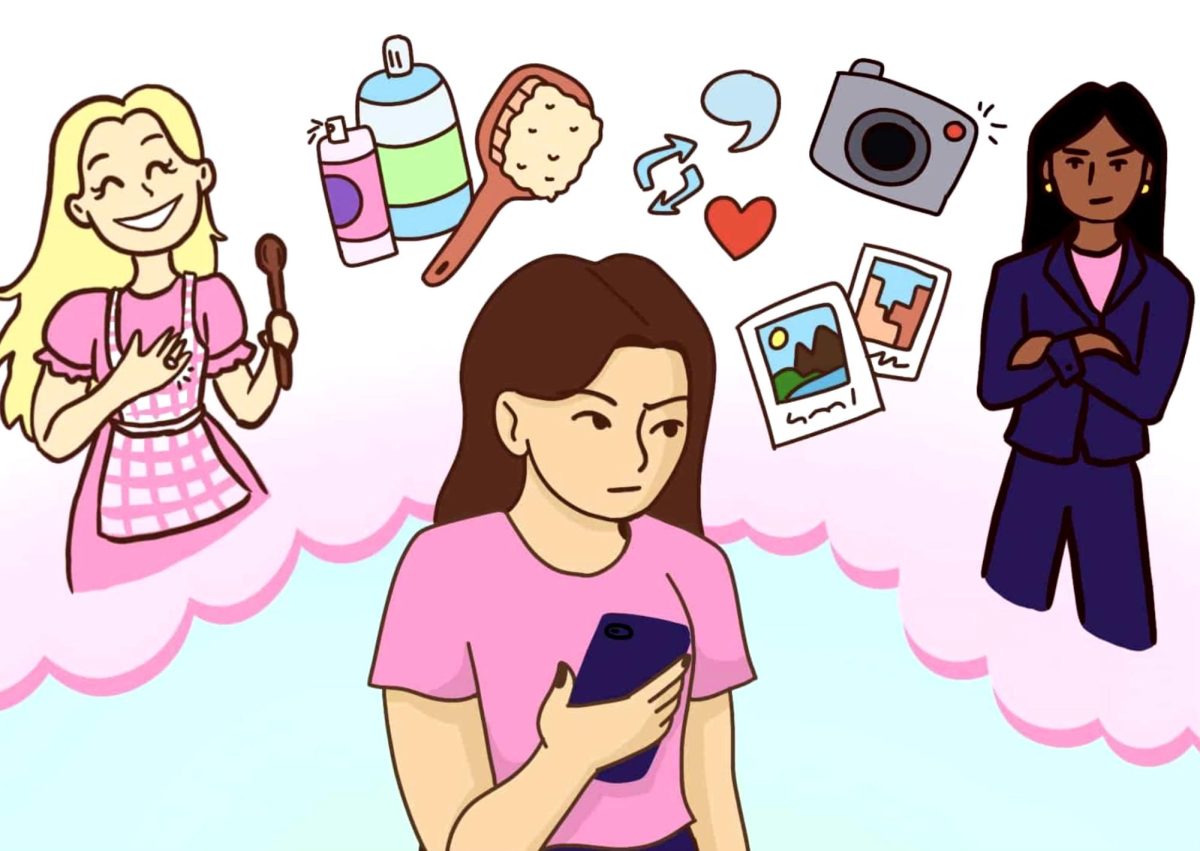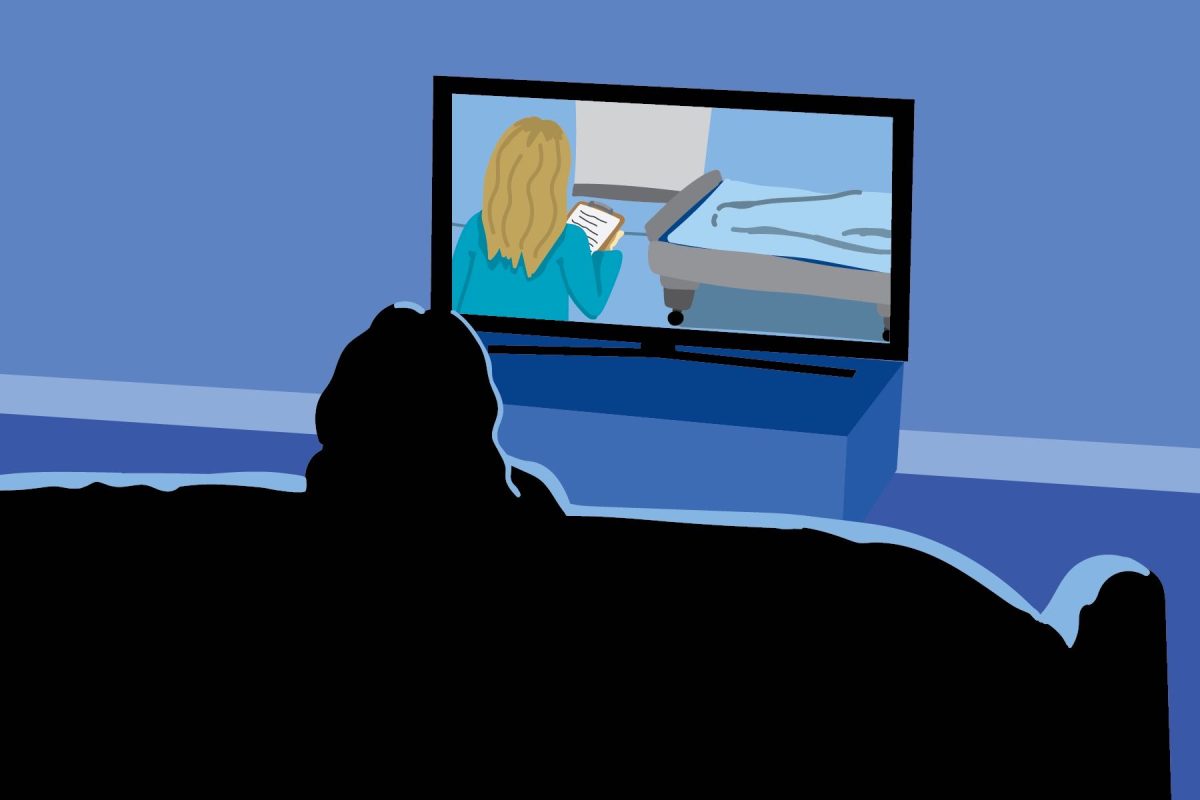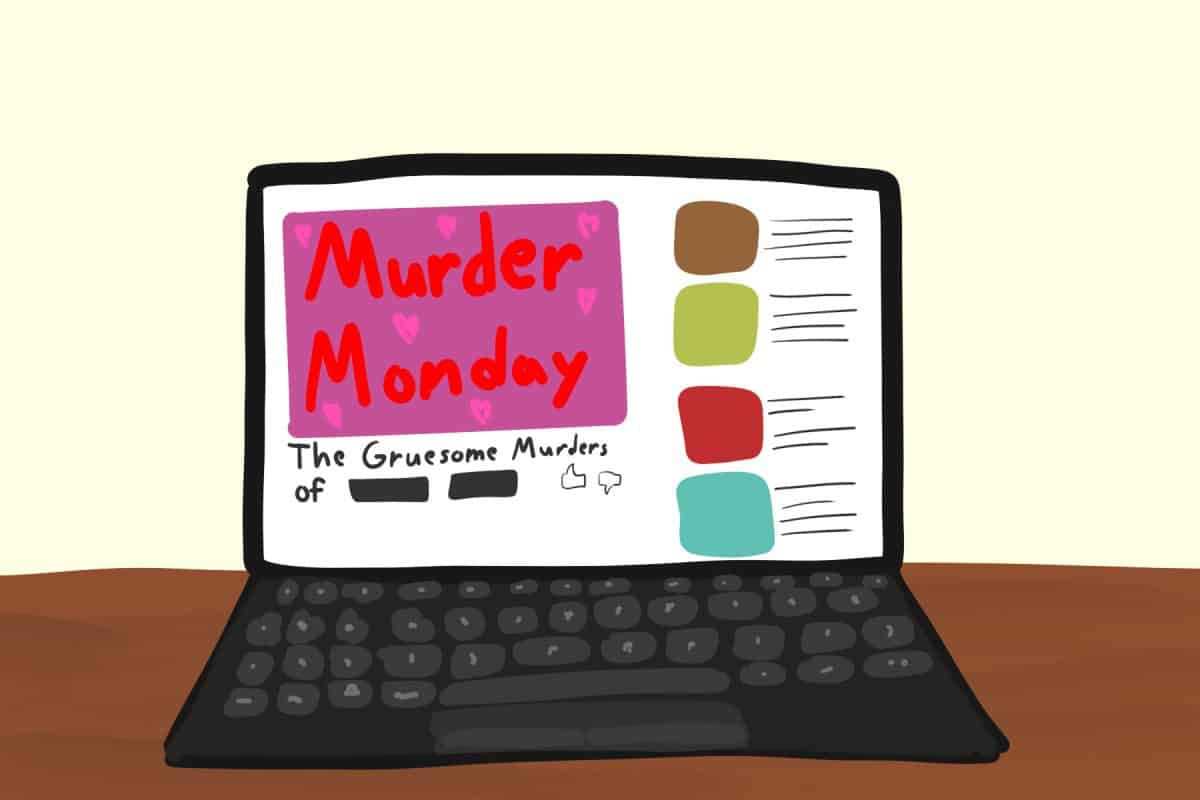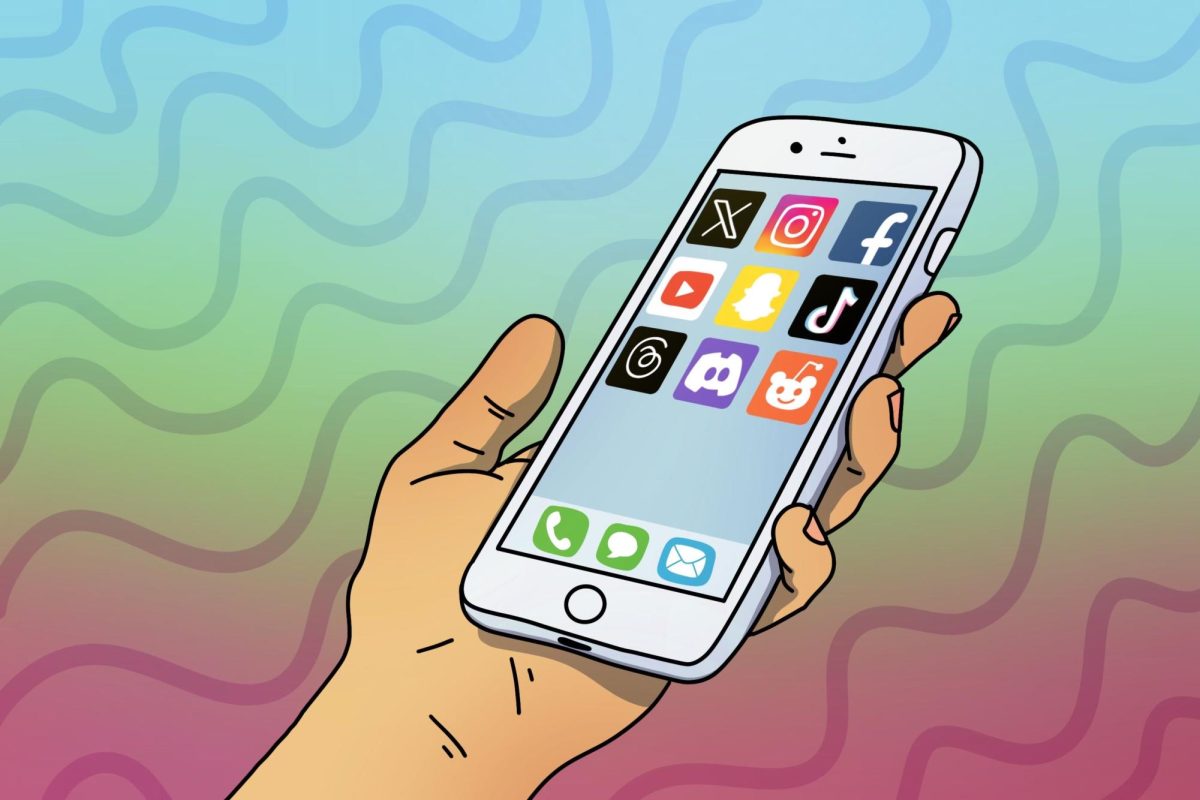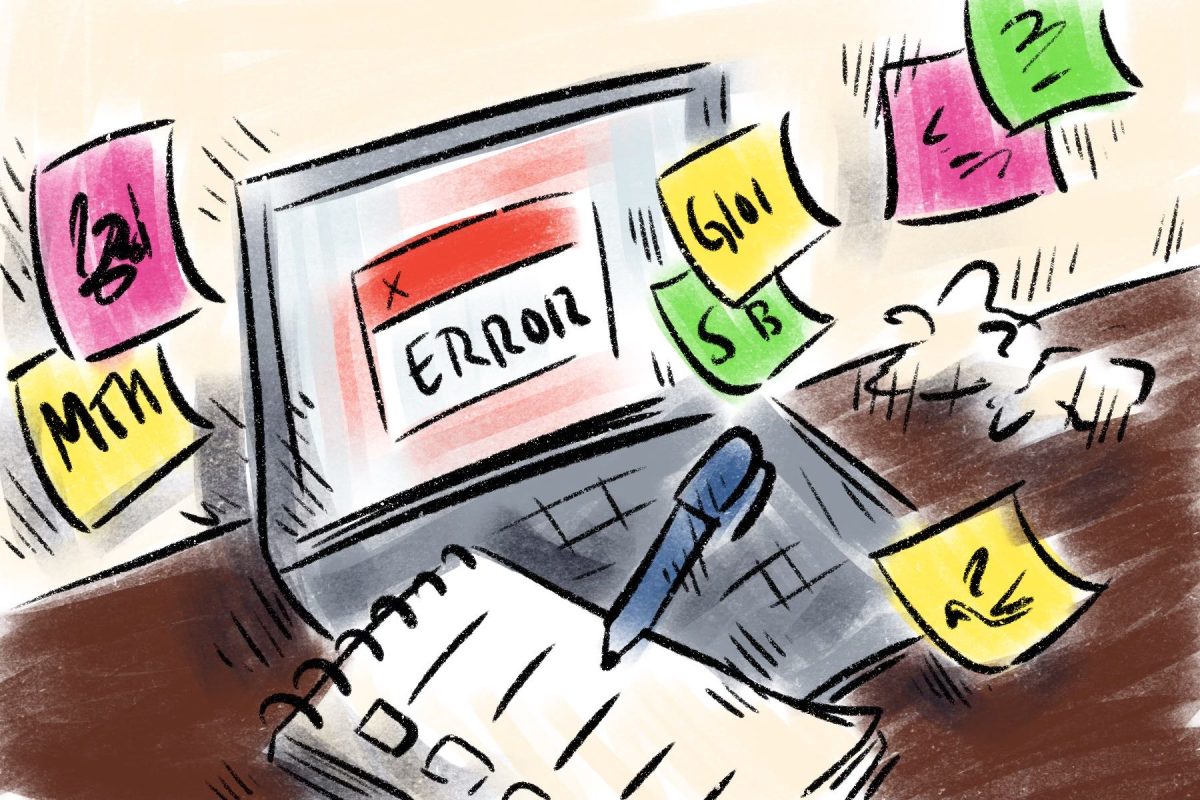For years, my Snapchat private story has served as a platform for me to share my best, worst and most embarrassing moments. The internet has turned us all into full-time influencers, whether it’s for a select group of our closest friends or publicly for all to see.
I always thought of my private story as a location for me to share my thoughts to a chosen group of people while removing the pressure and intimacy of directly messaging them.
However, after receiving a Snapchat notification congratulating me on 5,000 story posts, I began to wonder — what 5,000 thoughts could I have had that I deemed worthy of sharing?
While the notification was framed in a positive light by the app, it made me question just how much I was sharing on the internet. I grew concerned at how much time I was spending behind the screen instead of engaging in meaningful conversations.
Whether posting about a bad test grade, something humorous witnessed on a walk to class or food eaten for lunch, we are searching for validation and engagement, and social media checks all of those boxes.
Psychologist Laura Pigott shared with The Conversation results from her 2025 study that found posting on social media lights up the same parts of our brain as other addictive behaviors, such as consuming drugs or alcohol.
Aside from the psychological addiction radiating from the share button, what we are truly searching for is validation and connection. However, in this search, we often sacrifice authenticity for the sake of engagement.
Returning to the fact that I have posted over 5,000 times on my private story, I realized that much of what I was posting was not for the sake of sharing, but was an attempt at harvesting interaction with those viewing it.
While waiting for a text back may foster feelings of anxiety or insecurity, posting to a less intimate platform provides instant gratification.
Like many addictions, the dopamine that releases when our friends and peers engage with what we are posting causes us to crave it more. Therefore, we are willing to share more. Oftentimes we are willing to share anecdotes online that we aren’t in person due to what Forbes defines as the “Online Disinhibition Effect.” This effect essentially allows us to separate our online actions from our real-life identities.
Considering that many of us college-aged students have come into adulthood with social media at the forefront of our lives, this addiction to posting plagues a majority of our demographic.
OnCampusNation reported in 2024 that college-aged students spend an average of 4.5 hours a day on social media. Even though we are sharing more and spending more time with direct access to communication than ever, we have seemingly never been less connected.
The 4.5 hours a day spent on social media are 4.5 hours not spent fostering authentic, personal relationships. Oversharing online has led us to a false sense of closeness, fostering a belief in meaningful connections that may in reality be superficial.
Rather than sharing for the sake of a dopamine hit or a taste of engagement, we should be spending this time truly connecting with those around us. Not to say that true connection can’t be found or maintained through an online platform, but oversharing intimate details of our lives in an inauthentic setting manipulates the structure of these connections and the timeline in which details are revealed.
Similarly, posting every detail of our lives can diminish the quality of time spent with those closest to us. Catching up with a friend should include more storytelling and real conversation, rather than recounts of posts we have already seen in real time.
In a world where we have succumbed to roles of full-time influencers, perhaps it’s time we embrace the idea of knowing less — not as a means of disconnecting, but as a way to preserve the authentic connections we do have.



